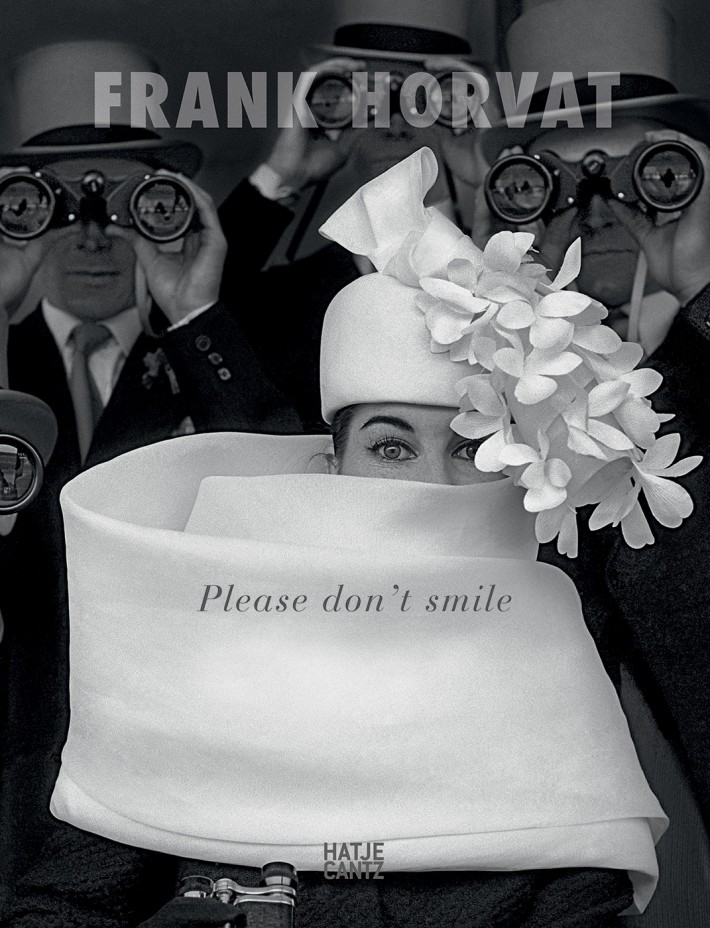11 March 2016
The title of this volume, which covers the career of Frank Horvat (1928) from the fifties to the early nineties, is the apparently innocuous request that the famous photographer was wont to make of his models. In an attempt to make over the ideal of femininity imposed by fashion magazines, Horvat even tried to introduce them to the Stanislavsky method, but this just tended to throw the girls into attacks of nerves or fits of tears. He tells us this himself, in the form of a diary in chronological order, providing a more intimate background to the pictures reproduced in the book, which range from iconic images to less well-known ones. An excellent choice that enriches the experience of the reader, introduced to a writer manqué who as a young man swapped his stamp collection for a second-hand camera, hoping it would bring him more success with women. Who knows how many, leafing through the book, will recognize Horvat—a follower of Henri Cartier-Bresson who described his fashion pictures as a “pastiche”—in his first reportages in Pakistan, taken in the red-light district “because there the women don’t wear the burqa and look you in the eyes.” Behind every picture or anecdote lies a piece of the history of photography as it was lived by one of its most eclectic exponents, who after his participation in the exhibition The Family of Man (1955) at the MoMA, trod the boards of the most prestigious publications, from Vogue to Harper’s Bazaar, and who has never been afraid to experiment, first by photographing in the street, then by cutting the sponsored clothes out of the frame and, finally, by stripping the set of all its frills in order to obtain timeless images. After all, aspiring to eternity is an interesting contradiction for a fashion photographer. Published by Hatje Cantz.

Frank Horvat for Harpers Bazaar, High Fashion at Cafe¦ü Flore with Carol Lobravico (with glasses), 1962, Paris.

Frank Horvat for Harpers Bazaar, High Fashion with Iris Bianchi and writer Marie-Louise Bosquet, 1962, Paris.

Frank Horvat for Harpers Bazaar, High Fashion with Deborah Dixon, 1962, Rome.

Frank Horvat for Harpers Bazaar, High Fashion with Deborah Dixon and Anterro Piletti, 1962, Rome.

Frank Horvat for Harpers Bazaar, Mondrian fashion by Saint-Laurent, 1964, Madrid, Spain.

Frank Horvat for Harpers Bazaar UK, bathing suit with Marie-He¦üle¦Çne Sauer, 1965, Djerba, Tunisia.

Frank Horvat for Harpers Bazaar with Nati Abascal, 1967, Paris.

Frank Horvat for Harpers Bazaar, with Marie-He¦üle¦Çne Sauer, 1968, Tunisia.
